Applications and Implications, Project Development
Objectives for Week 17
- What will it do?
- Who's done what beforehand?
- What sources will you use?
- What will you design?
- What materials and components will be used?
- Where will come from?
- How much will they cost?
- What parts and systems will be made?
- What processes will be used?
- What questions need to be answered?
- How will it be evaluated?
Individual Assignment
The requirements that must meet my project are also given in the assignment
My project should incorporate 2D and 3D design, additive and subtractive fabrication processes, electronics design, and production, embedded microcontroller interfacing and programming, system integration, and packaging
Where possible, I should make rather than buy the parts of my project
Projects can be separate or joint, but need to show my mastery of the skills and be independently operable
Individual Assignment
- What will it do?
- OLED display eyes: Two expressive screens simulate cute eye animations and show current MP3 track info, bringing the toy to life.
- Capacitive touch sensor on the head:When touched, the toy responds with adorable sounds and eye animations, encouraging tactile play.
- Voice-controlled by parents:Parents can control the toy with voice commands like “play,” “pause,” “next track,” or “volume up/down” — no need for buttons or screens.
- Talk-back feature: The toy listens to and repeats what the child says in a fun voice, encouraging speech development and interaction.
- Sound direction detection: The toy has two microphones that detect the direction of the user's voice. The entire toy physically rotates to face the direction the sound came from, making interaction feel more responsive and lifelike.
- Music-responsive arms: The toy’s arms move and dance along with the music, adding a dynamic, animated element kids will love.
- Who's done what beforehand?
- What sources will you use?
- Coders Cafe (Youtube)
- Electronic Wings
- DroneBot Workshop
- Random Nerd Tutorials
- Arduino Forum
- Seed Studio.
- What will you design?
- What materials and components will be used?
- Where will come from?
- Robu
- Robocraze
- Flipkart
- RoboticsDNA
- Rytronics
- How much will they cost?
- What parts and systems will be made?
- 3D Printed Head- The toy includes a 3D-printed head equipped with two OLED displays to simulate eye expressions. It features two microphones that work together to enable voice interaction and detect the direction of sound for body rotation. A capacitive touch sensor is also integrated on the top of the head to enhance user interactivity.
- 3D printed body- The toy features a 3D-printed body that houses key components including a Grove Offline Voice Recognition module, a speaker, and three servo motors—two for arm movement and one for body rotation. A custom-designed PCB is used to manage all connections efficiently, minimizing the number of wires running to the base and ensuring a cleaner, more organized internal layout.
- Wooden base with Acrylic covering- The base is constructed from wood, providing both stability and aesthetic appeal, and is enclosed with an acrylic cover for a polished finish. The battery and the microcontroller PCB are neatly integrated into the base, forming the core of the toy’s power and control system.
- Mp3 Player
- Voice Recognition
- OLED Eyes
- Moving Hands
- Capacitive Touch
- Talkback
- Rotating body
- What processes will be used?
- CAD Design using Fusion 360.
- PCB Design using KiCAD.
- Manufacturing head and body parts using 3D printing.
- Manufacturing base using Milling machine and laser cutter.
- Manufacturing PCB using Roland Modela milling machine.
- System integration and testing.
- What questions need to be answered?
- Who is going to use this?
- Will it play the audio?
- Can it be controlled by voice?
- What will be displayed on the display?
- How will it be evaluated?
- Is the toy works as expected?
- Which all features I achieved?
- DOes it suitable for kids?
- Will it reduce the screen time?
This smart, interactive toy is designed for children aged 2 to 5 as a fun, educational, and screen-free alternative to smartphones. It plays music and stories from an SD card and uses voice interaction to create a playful, engaging experience.
Key features include:
A similar project named Emo was created by Coders Cafe using a Raspberry Pi 4. In my version, I used an ESP32-WROOM module, integrated a Talking Tom character, and developed it as a voice-controlled system using the Grove Offline Voice Recognition module. Click here for more on Emo.
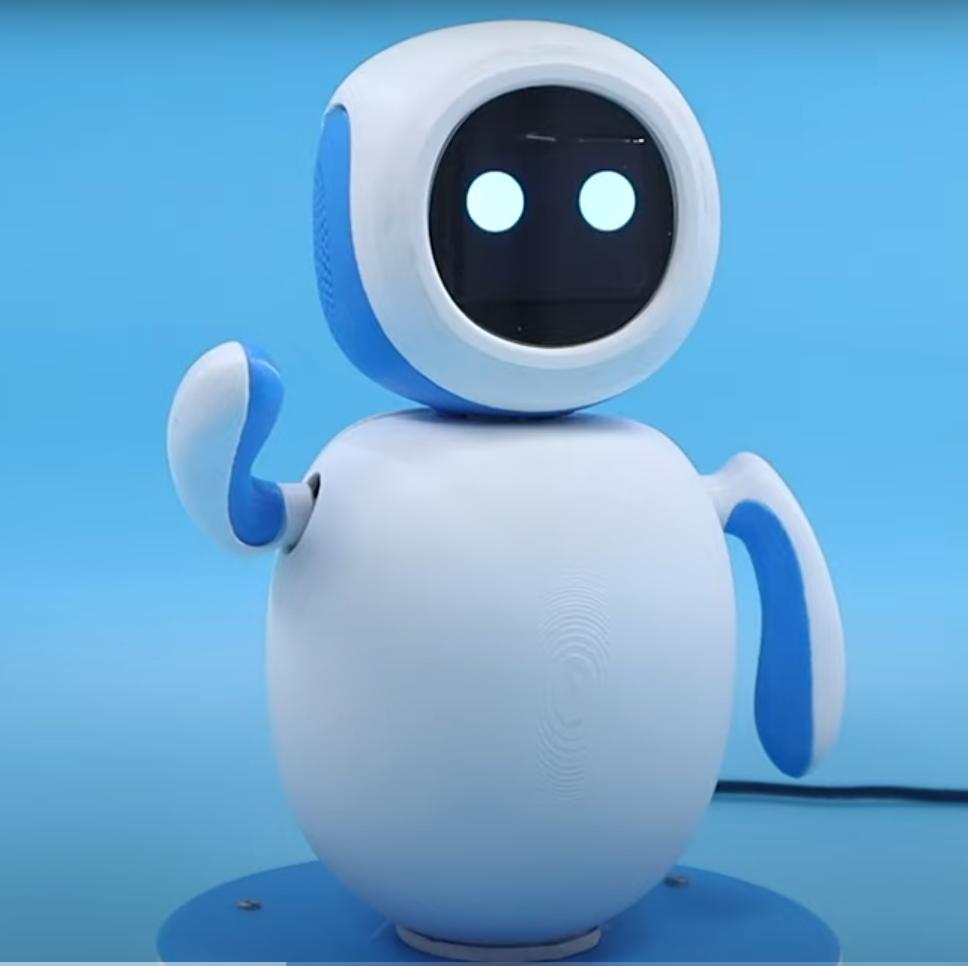
My project consists of multiple components such as the toy's main body, movable arms, and a rotating base. All these parts were designed and assembled using Fusion 360, while the PCB was developed using KiCad.
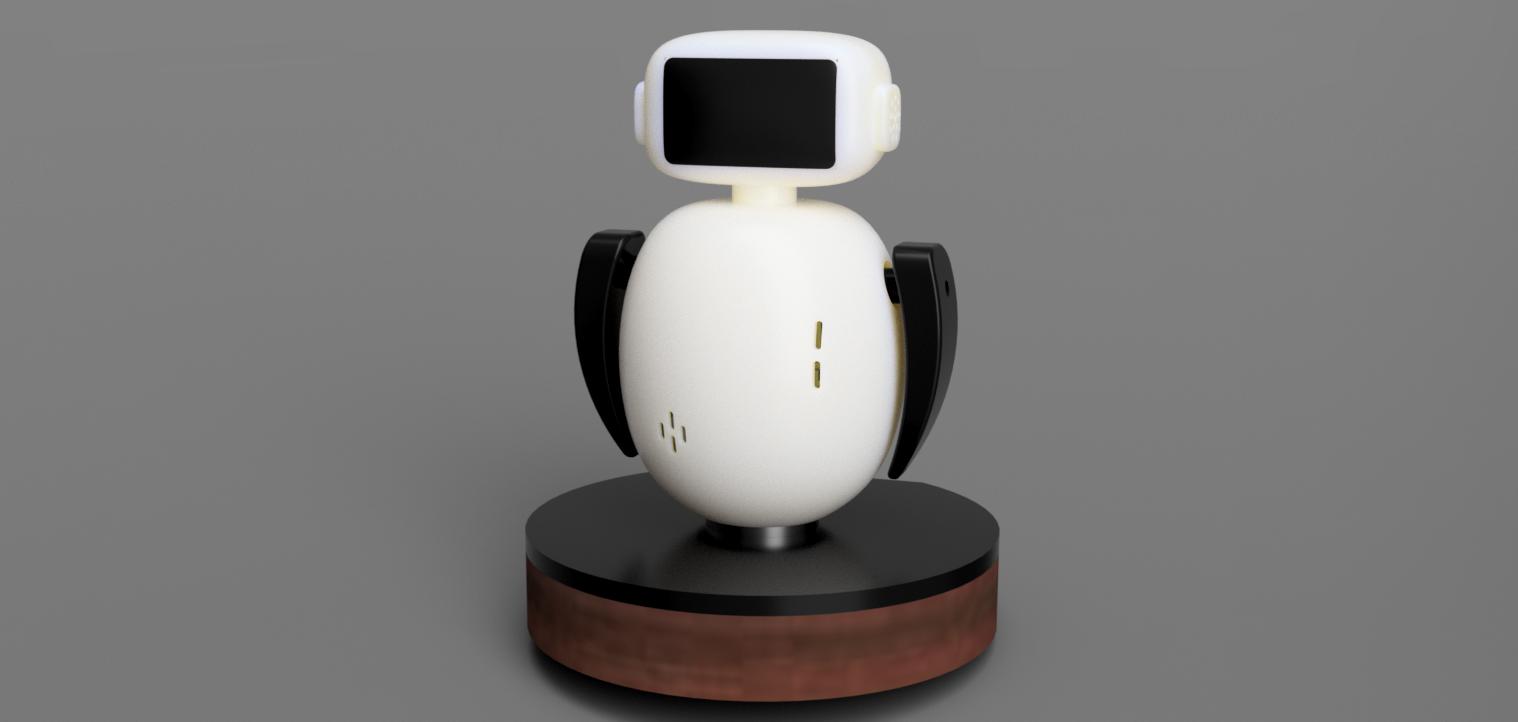
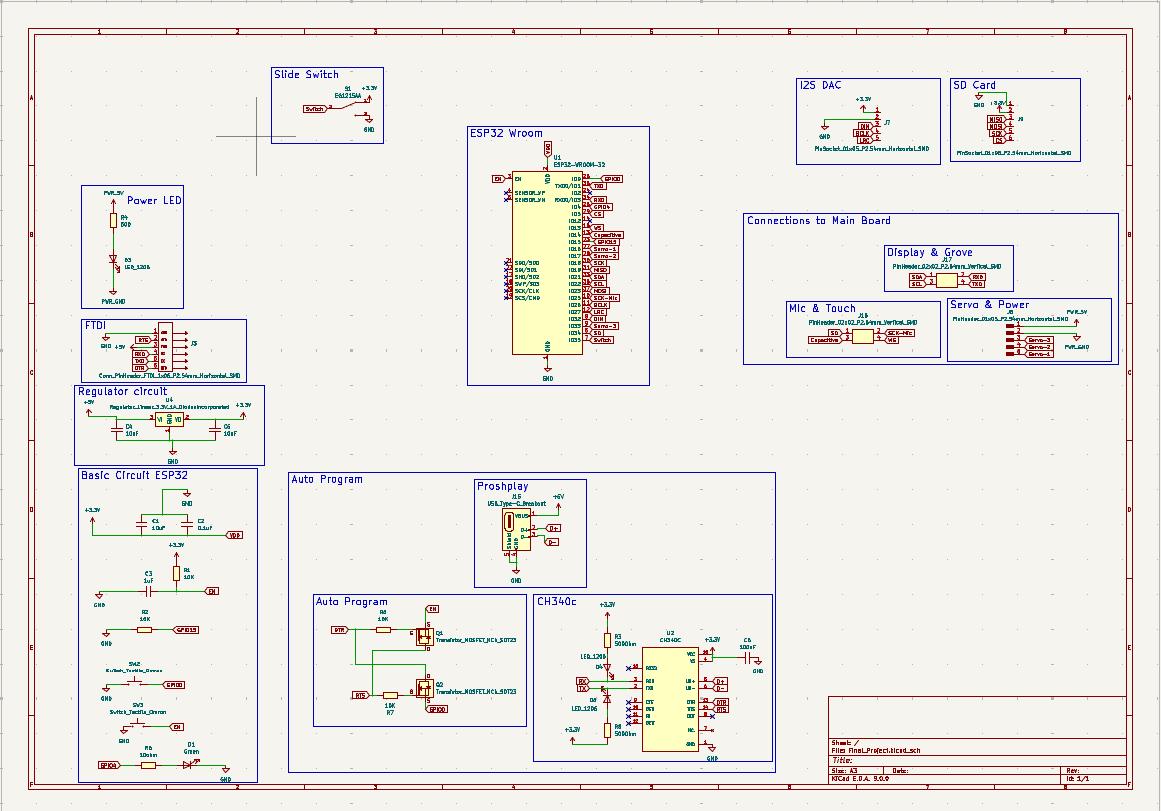 |
 |
The BOM of the project is listed below.
| Sl No | Part | Quantity | Unit Cost | Total Cost | Supplier |
|---|---|---|---|---|---|
| Mechanical Components | |||||
| 1 | SG90 Servomotor | 3 | 149 | 447 | Robu |
| 2 | 6806 Bearing | 1 | 750 | 750 | Amazon |
| 3 | M3 Bolts | 5 | 2.5 | 12.5 | Fab Inventory |
| 4 | M3 Threaded Inserts | 5 | 6.5 | 32.5 | Fab Inventory |
| 5 | M2 Bolts | 17 | 5 | 85 | Fab Inventory |
| 6 | Wood 130 x 130 x 28 mm | 1 | 100 | 100 | Fab Inventory |
| 7 | Acrylic Sheet 150 x 150 x 6 mm | 0.5 sqft | 125 | 125 | Fab Inventory |
| Electronics Components | |||||
| 8 | 0.96 inch SSD1306 OLED Display (128x64) | 2 | 175 | 350 | Robu |
| 9 | INMP MEMS Microphone | 2 | 198 | 396 | Robocraze |
| 10 | Iphone 7 plus speaker | 1 | 299 | 299 | Flipkart |
| 11 | Grove Offline Voice Recognition Module | 1 | 1889 | 1889 | Robu |
| 12 | Micro SD Card Reader Module | 1 | 40 | 40 | Fab Inventory |
| 13 | Micro SD Card | 1 | 398 | 398 | Fab Inventory |
| 14 | Type-C USB 5V 2A Step-Up Boost Converter | 1 | 57.99 | 57.99 | RoboticsDNA |
| 15 | ProshPlay Type C Breakout Board | 1 | 20 | 20 | Fab Inventory |
| 16 | ESP32 WROOM 32E | 1 | 250 | 250 | Fab Inventory |
| 17 | 3.6V Lithium Ion battery | 1 | 131 | 131 | Fab Inventory |
| 18 | Slider Switch | 1 | 7 | 7 | Fab Inventory |
| 19 | MAX98357 I2S Amplifier Module | 1 | 149 | 149 | Rytronics |
| 20 | Touch Switch | 1 | 30 | 30 | Local Shop |
| 21 | Capacitor 10uF | 5 | 1.9 | 9.5 | Fab Inventory |
| 22 | Capacitor 0.1 uF | 2 | 1 | 2 | Fab Inventory |
| 23 | Capacitor 1 uF | 1 | 1 | 1 | Fab Inventory |
| 24 | Resistor 10K | 4 | 0.5 | 2 | Fab Inventory |
| 25 | Resistor 500 ohm | 4 | 1 | 4 | Fab Inventory |
| 26 | Resistor 10 ohm | 1 | 1 | 1 | Fab Inventory |
| 27 | Resistor 0 ohm | 1 | 1 | 1 | Fab Inventory |
| 28 | LED_1206 | 5 | 1 | 5 | Fab Inventory |
| 29 | CH340C | 1 | 42 | 42 | Fab Inventory |
| 30 | VREG IC 3.3V 1A LDO | 2 | 28 | 56 | Fab Inventory |
| 31 | Push Button 6x6mm | 2 | 18 | 36 | Fab Inventory |
| 32 | MOSFET N-Ch SOT23 | 2 | 3 | 6 | Fab Inventory |
| 33 | Slide Switch EG1215AA | 1 | 6 | 6 | Fab Inventory |
| 34 | Conn Header Pin 02x02 | 3 | 5 | 15 | Fab Inventory |
| 35 | Conn Header Pin 01x03 | 3 | 5 | 15 | Fab Inventory |
| 36 | Conn Header Pin 02x03 | 1 | 7 | 7 | Fab Inventory |
| 37 | Conn Header Pin 01x02 | 5 | 4 | 20 | Fab Inventory |
| 38 | Conn Header Pin 01x04 | 1 | 5 | 5 | Fab Inventory |
| 39 | Conn Header Pin 01x05 | 2 | 6 | 12 | Fab Inventory |
| 40 | Conn Header Pin 01x06 | 1 | 7 | 7 | Fab Inventory |
| 41 | Conn Header Pin 01x07 | 1 | 8 | 8 | Fab Inventory |
| 42 | IDC 2x02 Connector Female | 6 | 80 | 480 | Fab Inventory |
| 43 | IDC 2x03 Connector Female | 2 | 110 | 220 | Fab Inventory |
| 44 | JST Connector 1x05 Female | 2 | 11 | 22 | Fab Inventory |
| 45 | JST Connector 1x05 Male | 1 | 5 | 5 | Fab Inventory |
| 46 | PCB Single Side | 1 | 100 | 100 | Fab Inventory |
| 47 | PCB Double Side | 1 | 150 | 150 | Fab Inventory |
| Total | ₹6806.49 | ||||
Most of the components were taken from the inventory. Rest of them were ordered from the following vendors
The total cost of the project, including all components and fabrication, amounts to ₹8000.
Parts and systems to be developed include the main body of the toy, moving arms, a rotating base, and a facial display to emulate eye expressions. The body will be 3D printed using PLA for a lightweight and durable structure, while the base combines wood and acrylic for stability and aesthetic appeal. The electronics system is centered around the ESP32 microcontroller, integrated into the base, and includes additional circuitry for motor control and display output. The toy is voice-controlled, utilizing the Grove Offline Voice Recognition module for offline command processing. It also functions as a talking toy, enhancing interactivity. Thorough software-hardware integration and system testing are essential components to ensure seamless performance and user interaction.
Main Parts
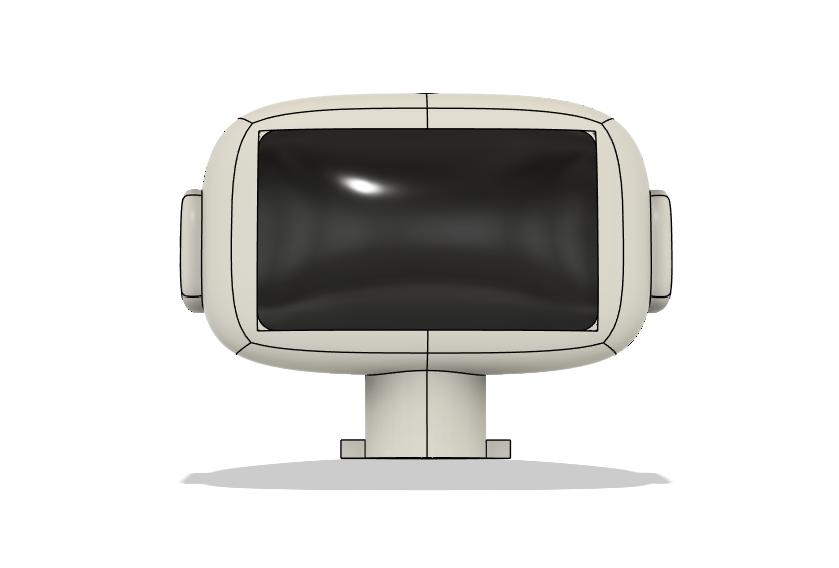 |
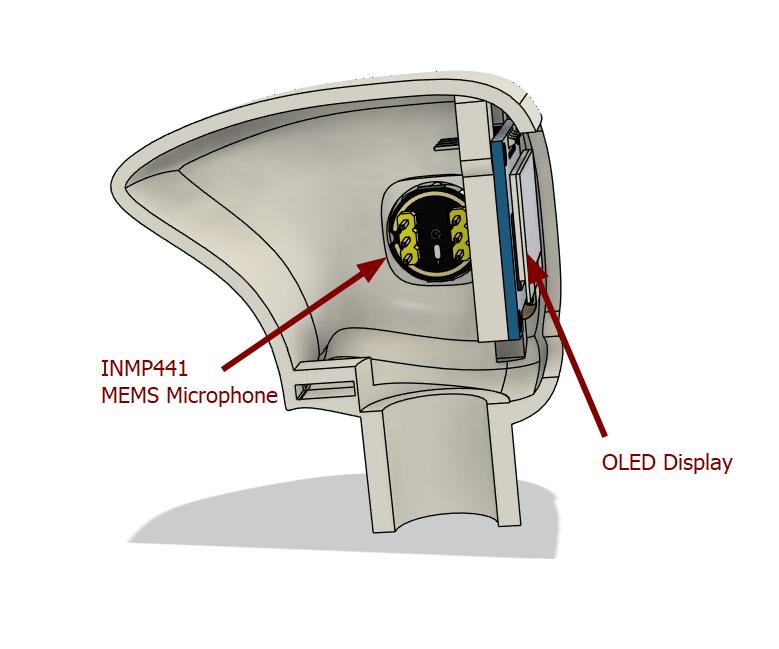 |
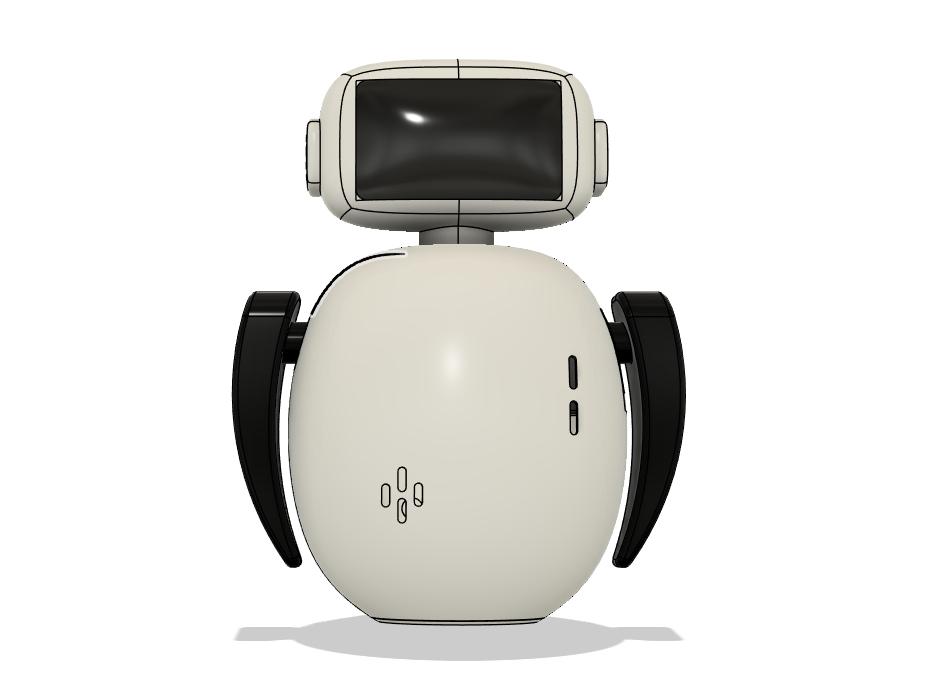
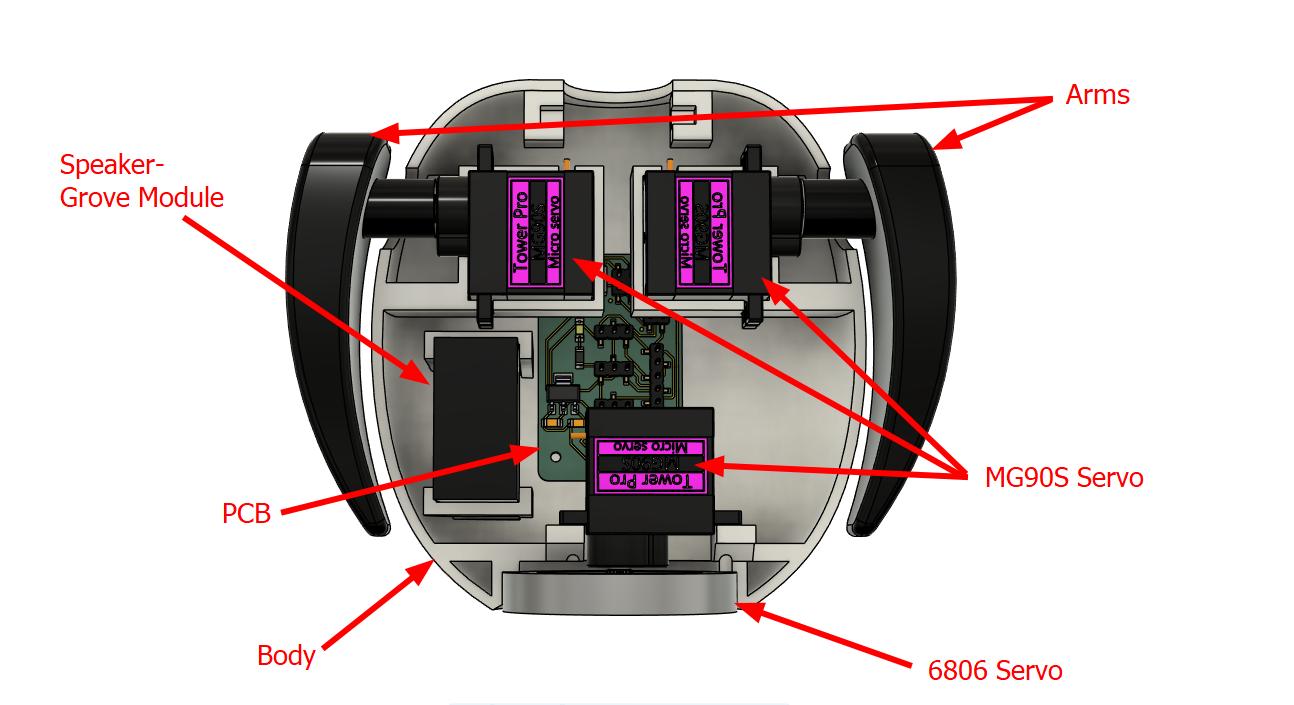 |
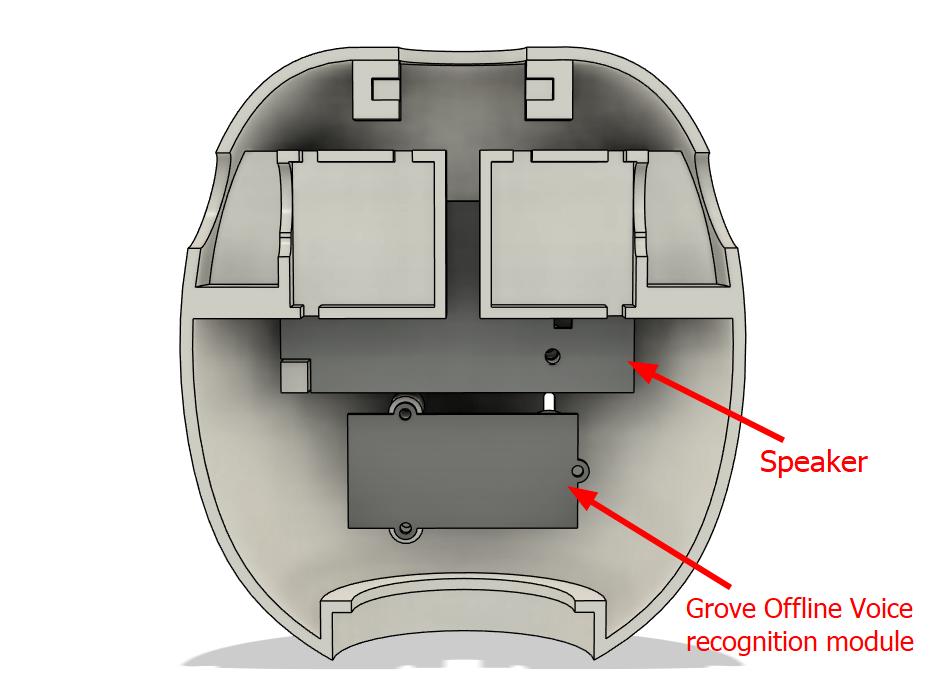 |
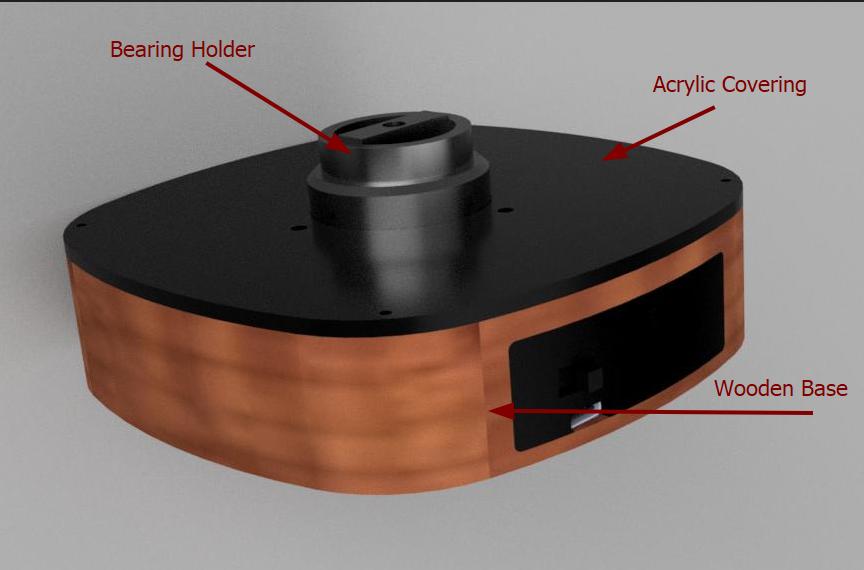
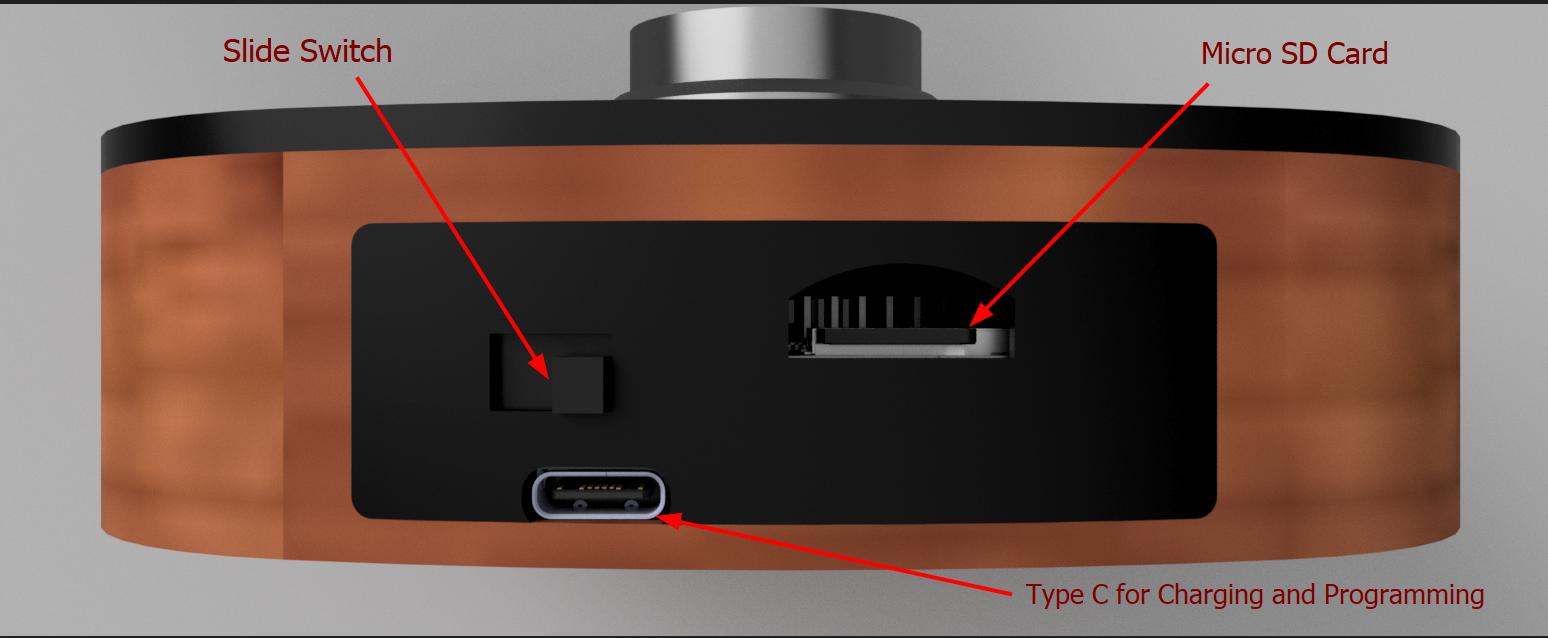 |
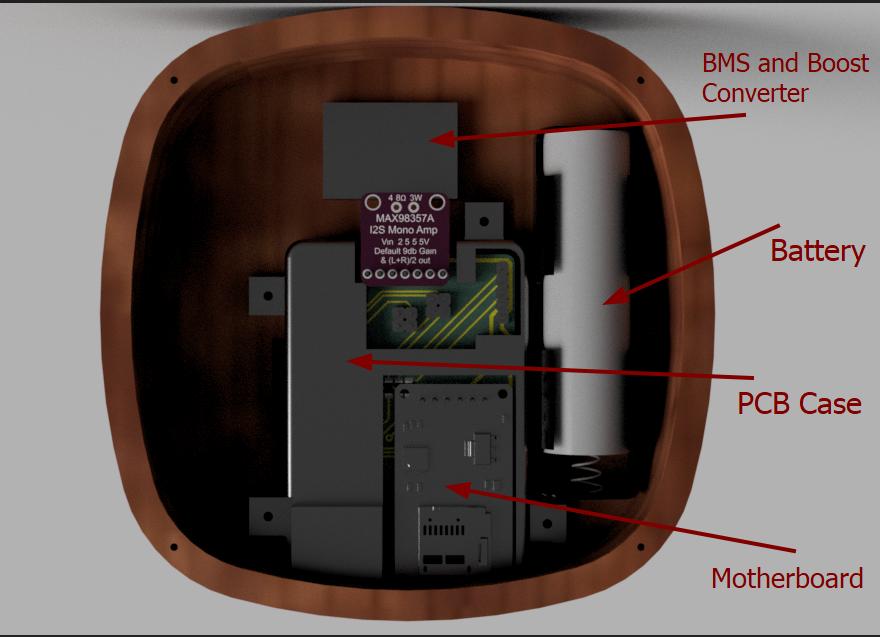 |
Systems
Project Developement
The project developement can be found here.
Schedule

Slide

I followed these steps to create the slide
- I rendered the image which all were needed for the slide. The rendering sterps were mentioned in my Computer Aided Design week.
- Then I opened Canva in browser. In create option in canva I searched for slide and selected slides.
- I drag and dropped the image into canva.
- I inserted cirles from the element option.
- Drag and dropped other 2 images to include. Using the corner rounding option I fillet the corners.
- Using the text option I added the texts.
- For downloading the slide I used the share option on top right corner. Use the download option in the share to download the file. In download changed the file type to PNG and downloaded.
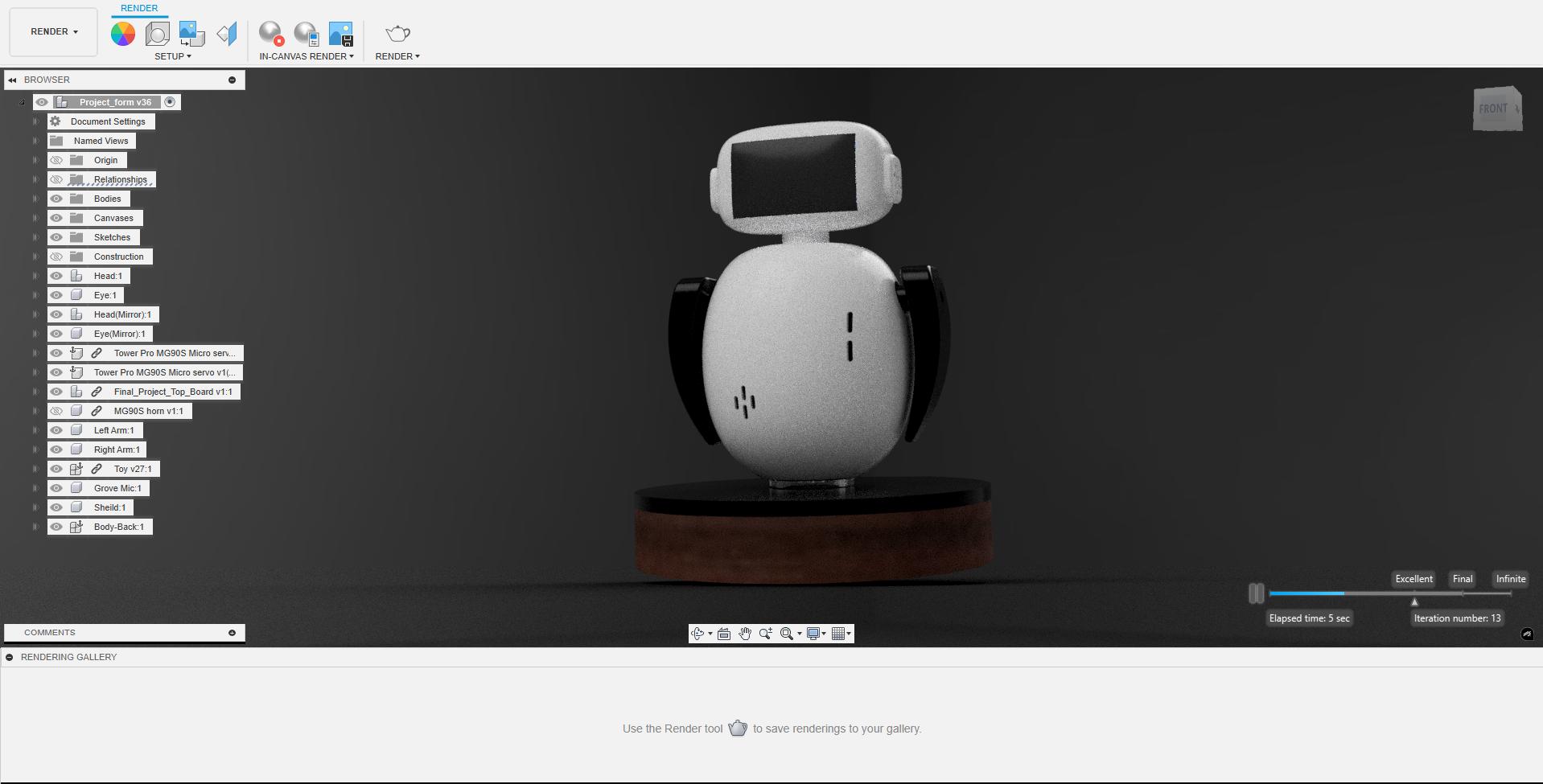 |
 |
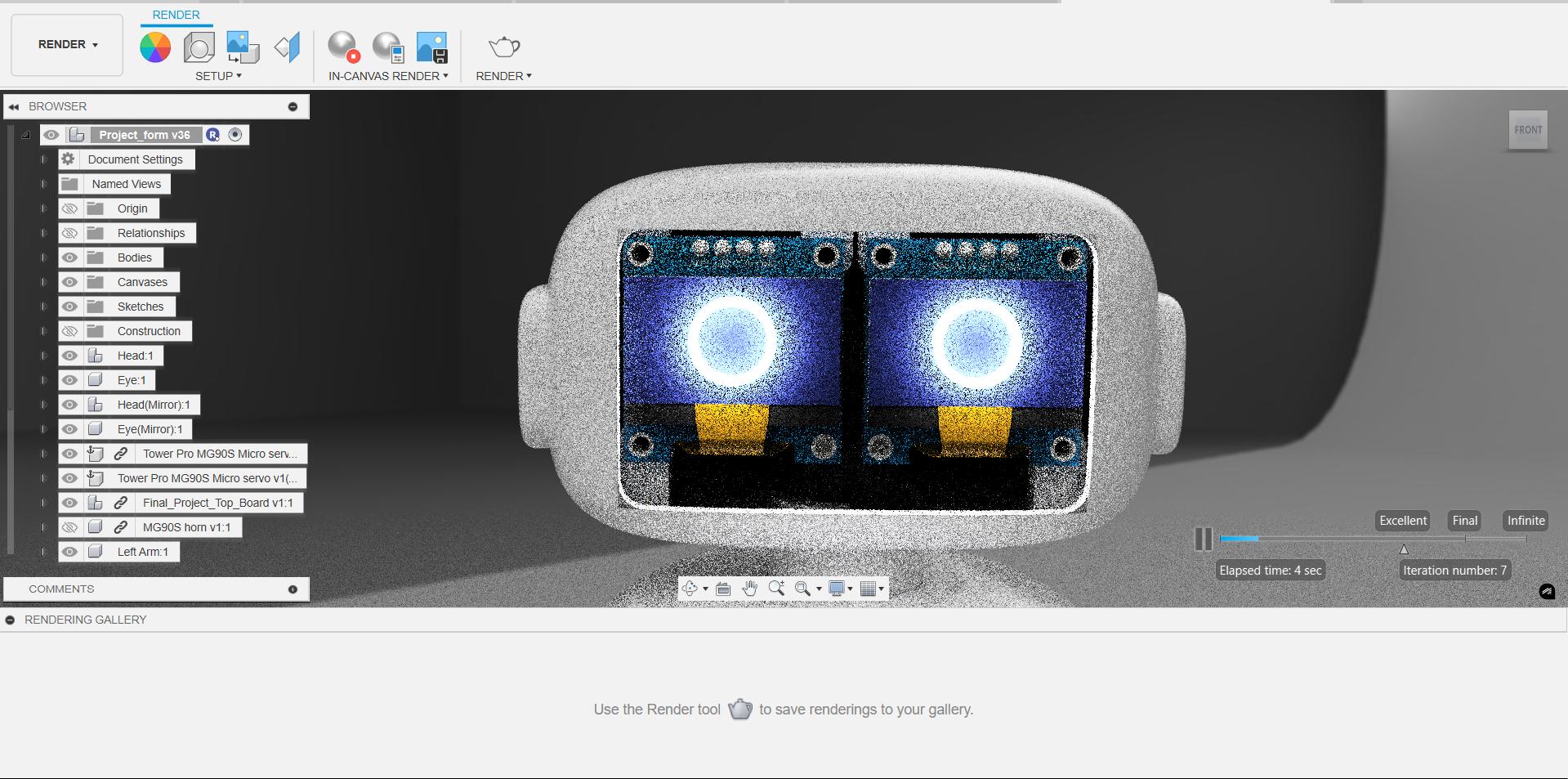 |
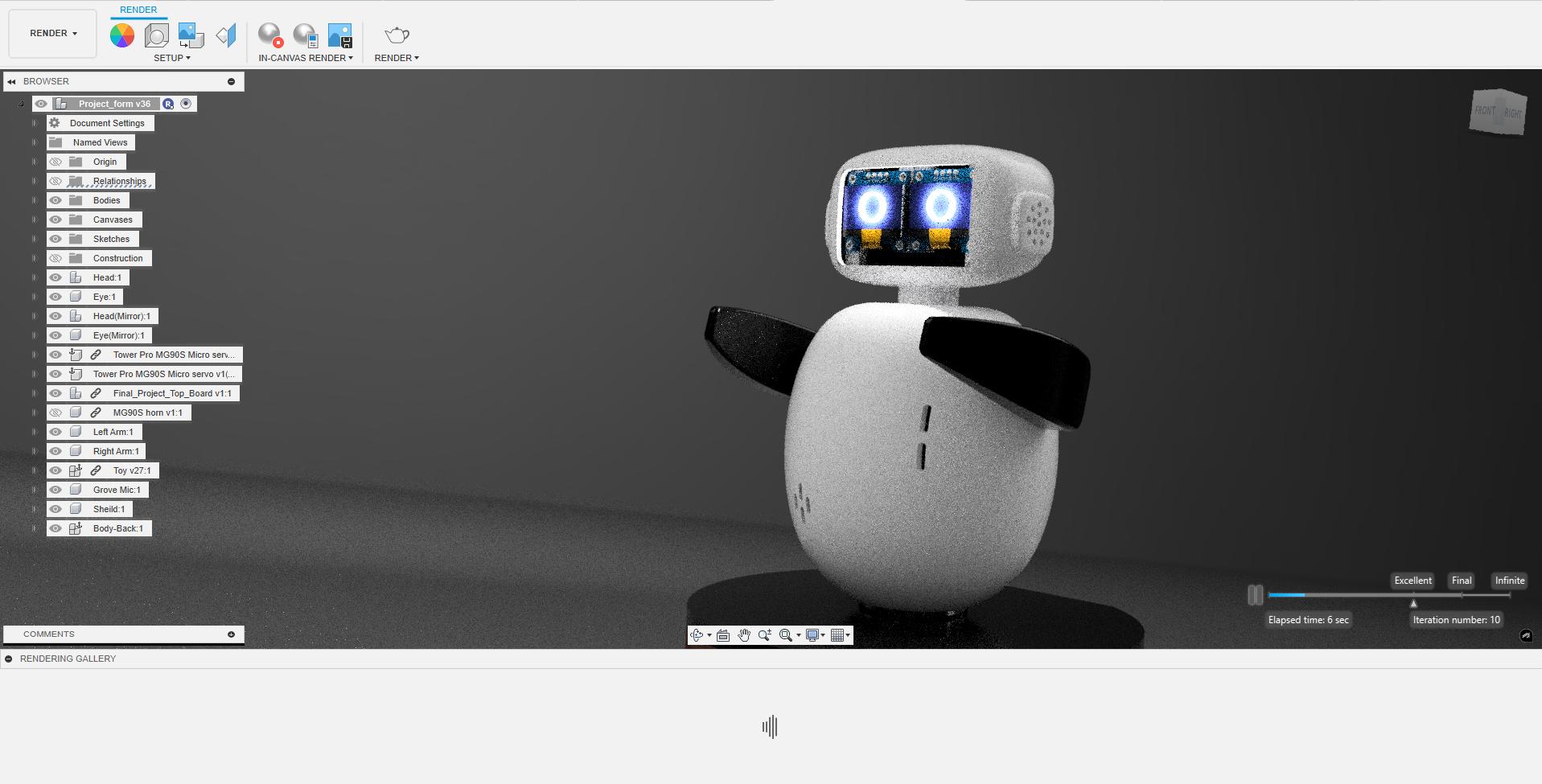 |
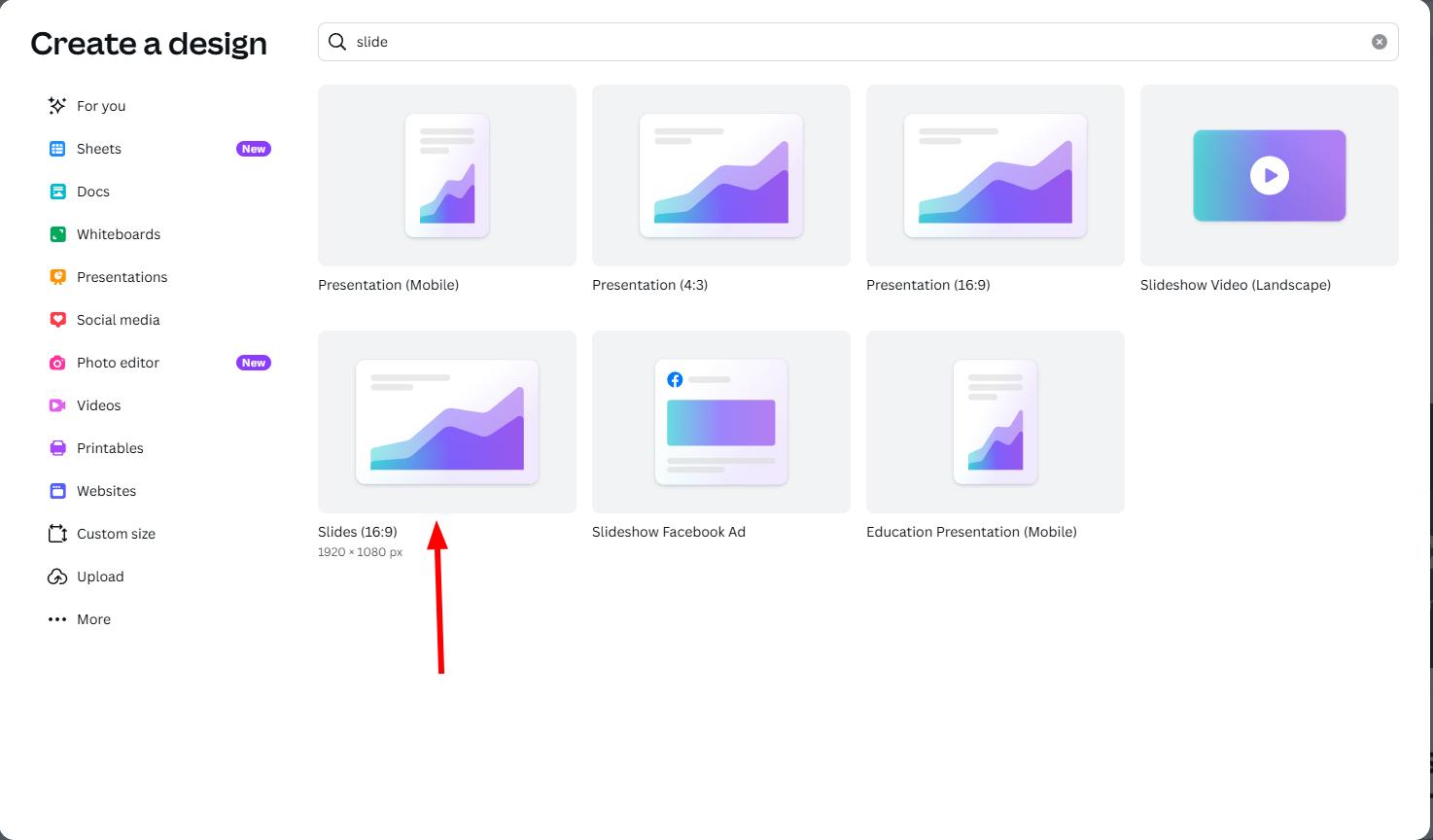
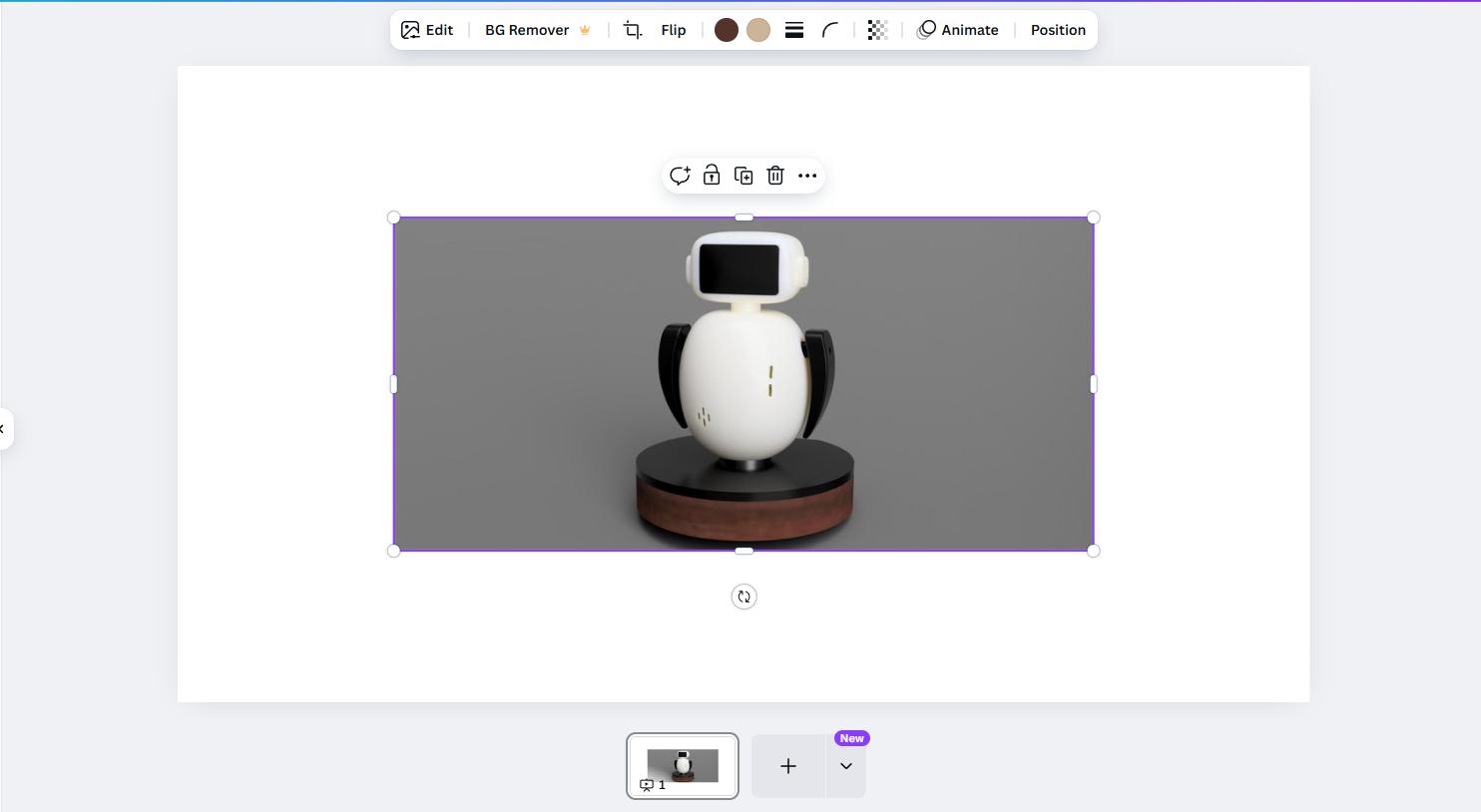
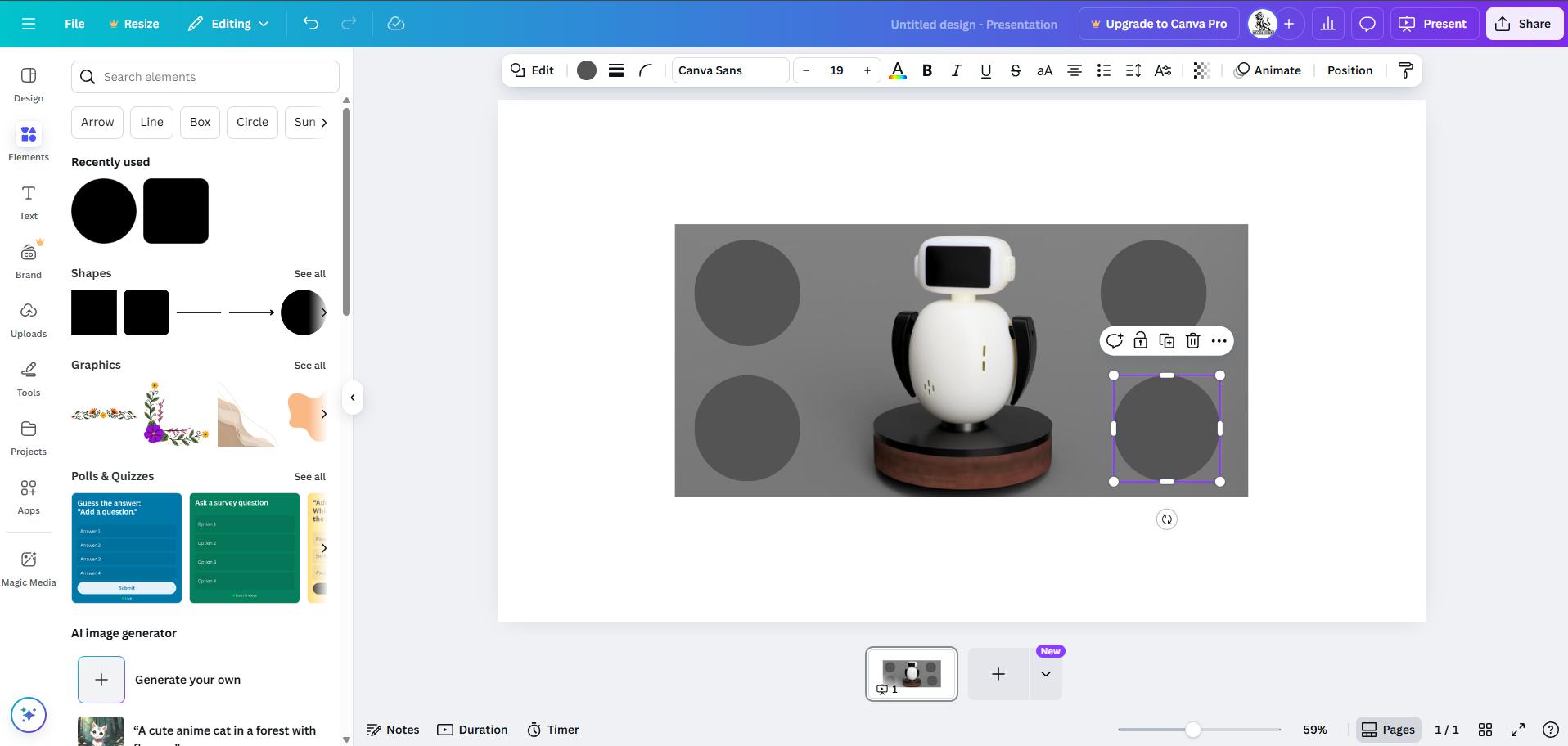
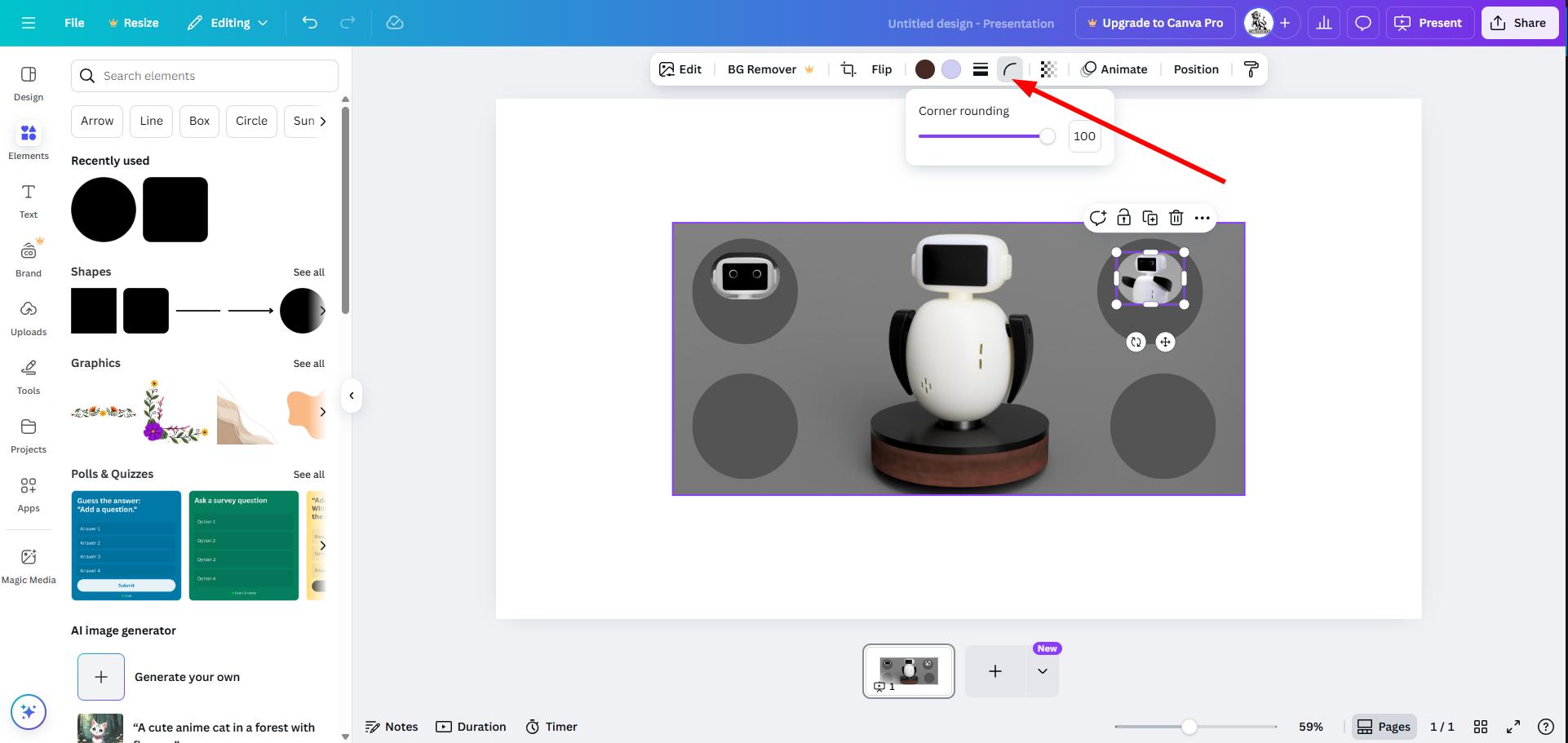
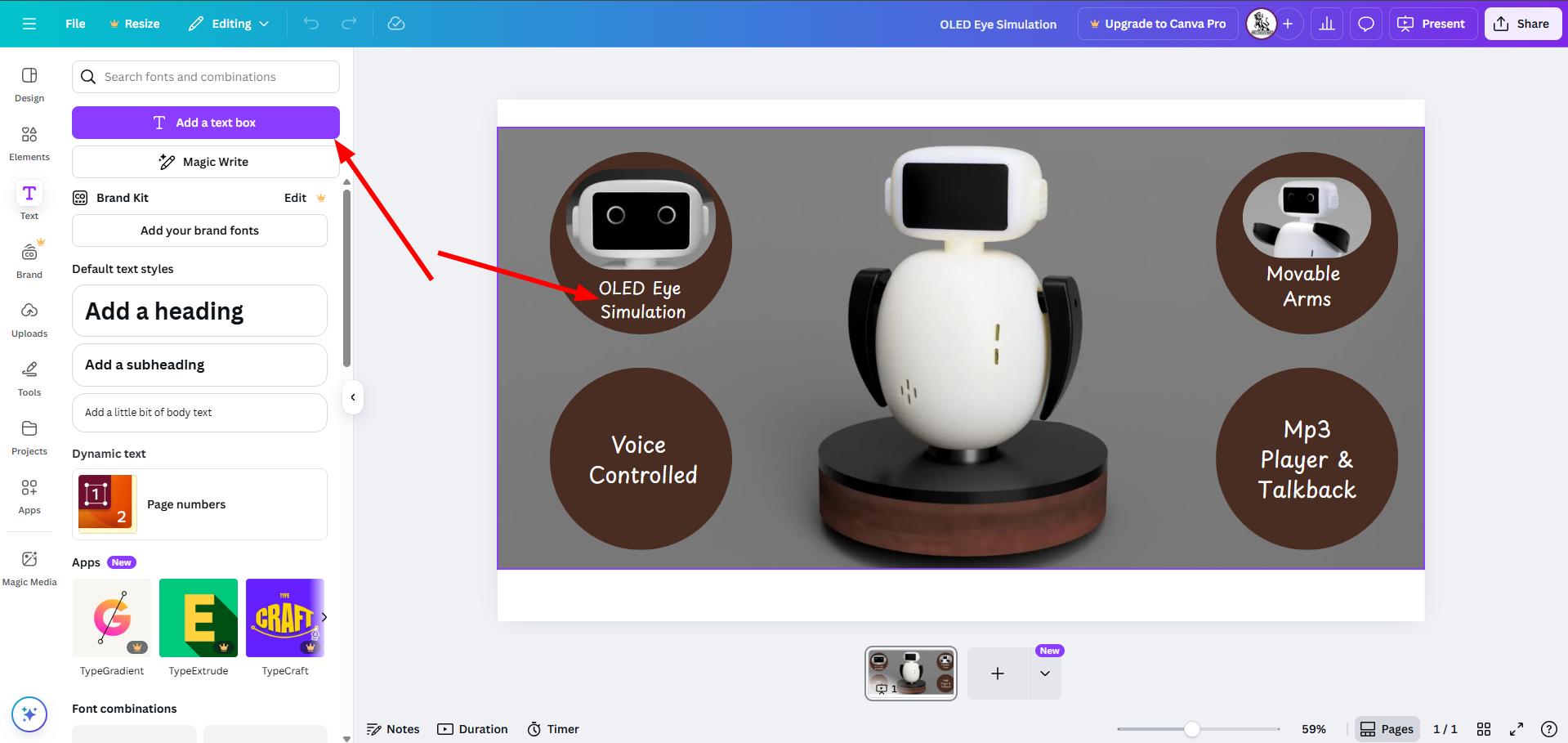
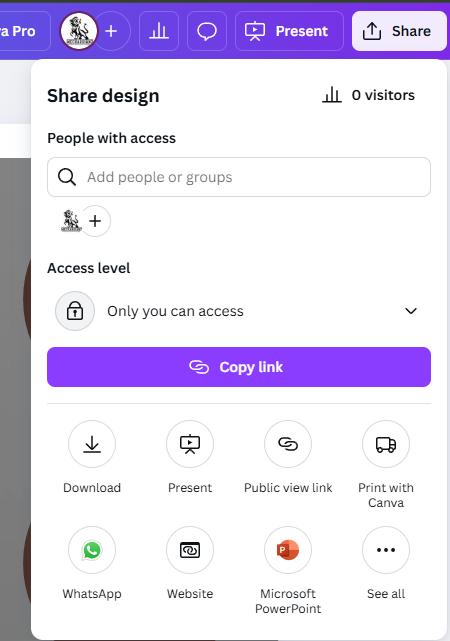 |
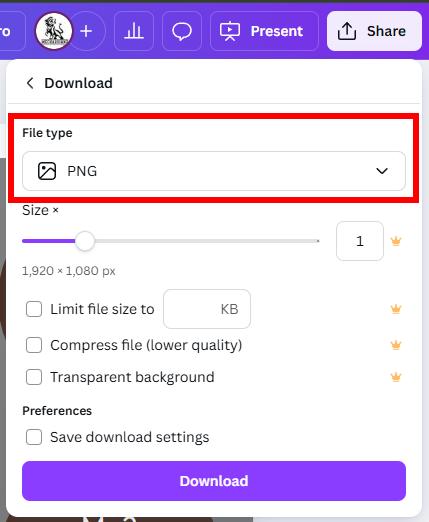 |